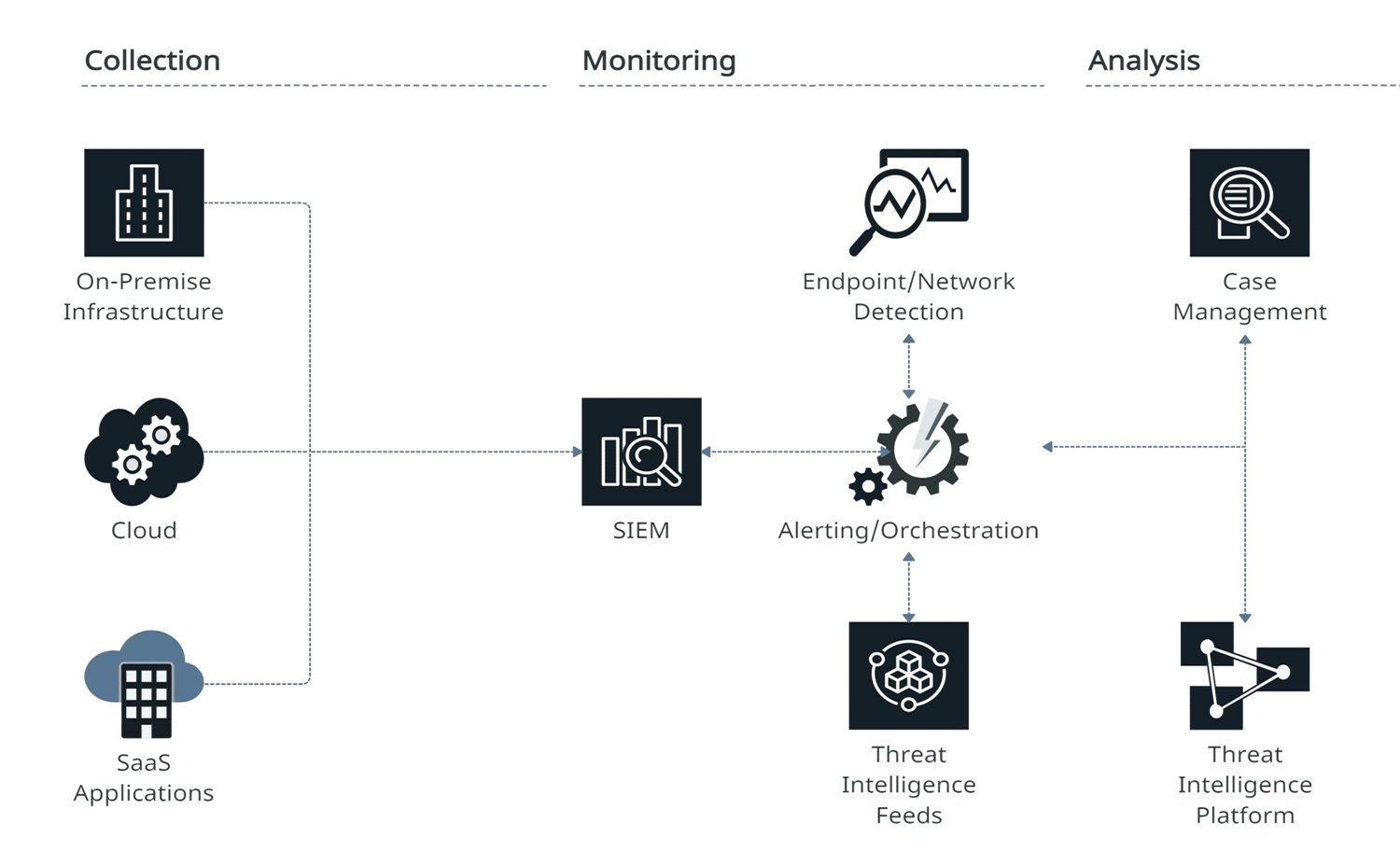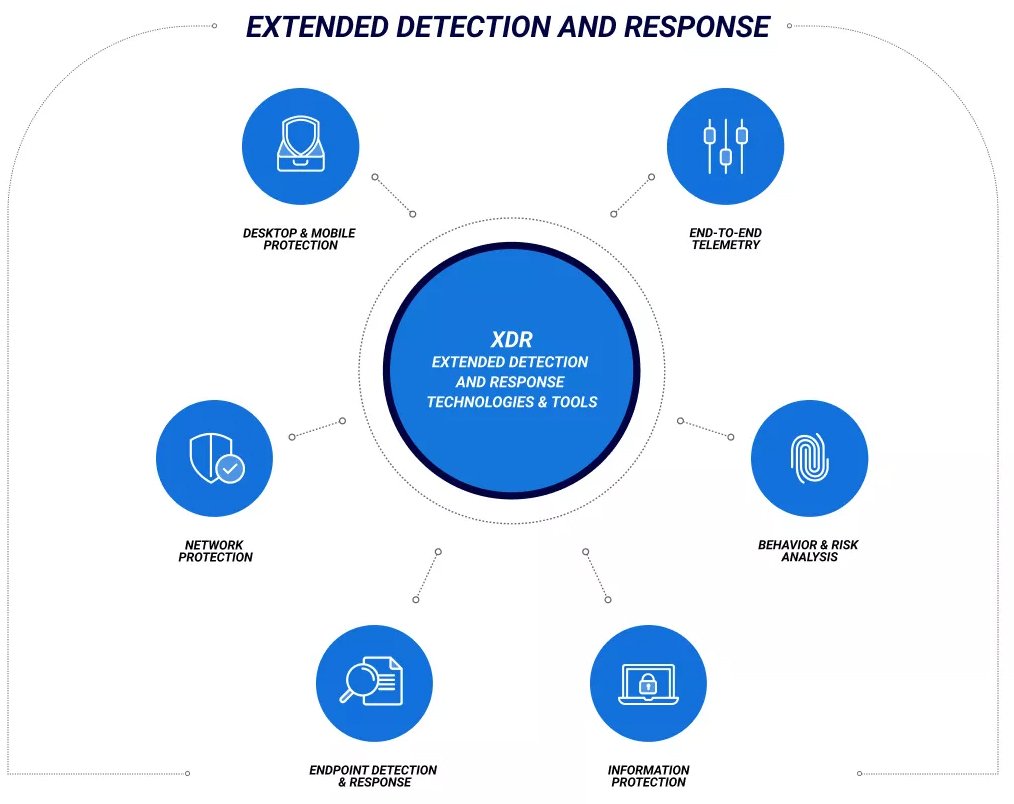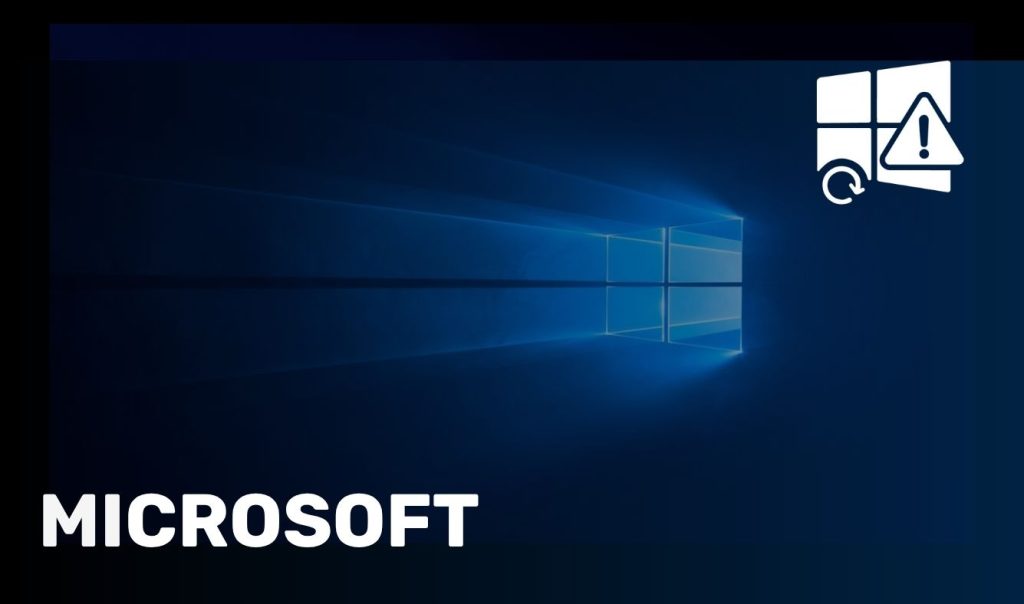Deciphering the Core Pillars of Modern Cyber Defence!
As the threat of cyber-attacks keeps changing, companies are more and more using sophisticated security methods such as Endpoint Detection and Response (EDR), Managed Detection and Response (MDR), or Extended Detection & Response(XDR) to protect their digital environments.
This blog post, carefully assembled by Creative Networks, explores these main cybersecurity tactics. It emphasises their special advantages and helps you select the correct solution for your requirements.
What is Endpoint Detection and Response (EDR)?
Endpoint Detection and Response (EDR) is a way of handling cybersecurity which concentrates on watching endpoints to identify and react to dangers instantly. It is significant within a larger cybersecurity structure because it:
- Provides continuous surveillance of endpoints to spot potential threats.
- Enables immediate response to identified threats to minimise damage.
- Offers comprehensive endpoint security, safeguarding the entry points for threats into the organisation’s network.
EDR’s real-time monitoring and response capabilities make it essential to maintain robust endpoint security and protect against sophisticated cyber threats.

Advantages of Managed Detection and Response (MDR)
MDR takes on a managed service method, boosting the abilities of EDR with professional handling and constant observation. This is especially useful for groups who want to improve their security position but do not wish to grow their internal team, effectively dealing with the lack of cybersecurity skills.
The Evolution to Extended Detection and Response (XDR)
XDR is an all-inclusive method for identifying and dealing with threats, which uses information from many different security layers to provide better sight and quicker response time. It makes security work easier and lifts enterprise safety by gathering cross-layer data.

EDR vs. MDR vs. XDR: Understanding the Differences
Comparing EDR, MDR, and XDR involves understanding their unique features and how they interact with an organisation’s cybersecurity framework:
EDR vs. MDR:
- EDR strongly emphasises endpoint security, with detection and response being the key element. Internal teams usually handle management aspects.
- Managed Detection and Response (MDR) goes further by offering monitoring services that include skilled management and continuous oversight, thus addressing the company’s lack of cybersecurity expertise.
EDR vs. XDR:
- While EDR is limited to endpoint security, XDR broadens this scope by integrating data across multiple security layers, offering a more comprehensive view of threats and enhancing response efficiency.
MDR vs. XDR:
- MDR delivers managed detection and response across various security aspects, not limited to endpoints, and includes professional management.
- XDR takes a broader approach by consolidating data from multiple sources (endpoints, networks, cloud) for improved threat visibility and faster mitigation. Still, it requires in-house management or separate managed services.
Every solution has its unique focus in the field of cybersecurity, and which one to select will rely on factors like your organisation’s requirements, current security setup, as well as available resources.
EDR focuses mainly on endpoint security, MDR offers managed services for wider security needs, and XDR provides an integrated approach across many layers of protection. Each solution has special features and uses, fitting for various organisational requirements.
Selecting the Right Solution for Your Organisation
Choosing the right cybersecurity solution involves thorough consideration:
- Assess Security Needs: Evaluate what part of your cybersecurity needs the most attention—endpoint protection, comprehensive security management, or extensive threat detection across all platforms.
- Consider In-House Capabilities: If you have a skilled IT security team, EDR might suffice. For organisations lacking this, MDR provides expert management.
- Examine Budget Constraints: MDR might be more cost-effective for smaller businesses, while larger enterprises might invest in XDR for its extensive coverage.
- Identify Security Challenges: High-risk industries might prefer XDR for its broad scope, while businesses focused on protecting endpoints might choose EDR.
Endpoint Detection and Response (EDR)
EDR is tailored for businesses focusing on fortifying endpoint security. It’s well-suited for organisations with an existing Infosec team capable of managing and responding to security alerts.
Ideal for companies at the nascent stages of their cybersecurity journey. EDR lays the groundwork for a scalable security architecture, extending beyond traditional antivirus solutions to offer real-time monitoring and threat response at the endpoint level.
Managed Detection and Response (MDR)

MDR is the go-to choice for organisations without an advanced in-house detection and response programme. It offers a managed service model, providing expert oversight and continuous security monitoring.
MDR is particularly beneficial for filling expertise gaps within IT teams, allowing organisations to enhance their security posture without expanding staff. It keeps protection measures up-to-date against the latest cyber threats, making it a valuable asset for any business seeking to bolster its cybersecurity defences.
Extended Detection and Response (XDR)

XDR is designed for organisations aiming to elevate their threat detection capabilities across various security domains. It offers a holistic approach, integrating data from multiple security layers to provide a unified analysis and response platform.
XDR addresses the challenge of alert fatigue by consolidating alerts into actionable insights, thereby improving response times and the overall efficiency of security operations. This solution is ideal for enhancing the return on investment across all security tools, offering a comprehensive defence mechanism against complex cyber threats.
Can you use multiple types in one organisation?
Organisations can utilise multiple detection and response solutions like EDR, MDR, and XDR simultaneously. This integrated approach allows for a more comprehensive cybersecurity posture, leveraging the specific strengths of each solution to cover various aspects of security, from endpoint protection to broader network and system monitoring. This layered defence strategy ensures more robust protection against various cyber threats.
It’s also viable to combine solutions, like EDR for endpoint security and MDR for overall security management, to tailor to your organisation’s unique requirements.
EDR, MDR, and XDR are pivotal in a robust cybersecurity strategy, each offering distinct benefits. As cyber threats become more sophisticated, organisations must evaluate their security measures and consider these advanced solutions to enhance their defence mechanisms.
Understanding the nuances and applications of EDR, MDR, and XDR is crucial for organisations navigating the complex cybersecurity landscape. Each offers a strategic layer of protection, addressing specific challenges and bolstering your security against the ever-changing threat environment.
Elevate your cybersecurity strategy with Creative Networks, where we offer a comprehensive suite of services, including Standards and Compliance, Cyber Security, Managed IT, and more. Let us tailor a solution that fits your unique needs, ensuring robust protection and optimised performance.
Reach out to Creative Networks today to secure your digital landscape.
Learn More about Creative Networks
Reach out to Creative Networks today and embark on your journey to operational excellence and market leadership. Let’s make your business future-ready, together.
Take the first step towards a revolutionised approach by subscribing to our newsletter. Dive deep into a world of exclusive insights, timely updates, and expert advice that can reshape how you navigate the business landscape.
Schedule an appointment with our experts dedicated to understanding your unique needs.




